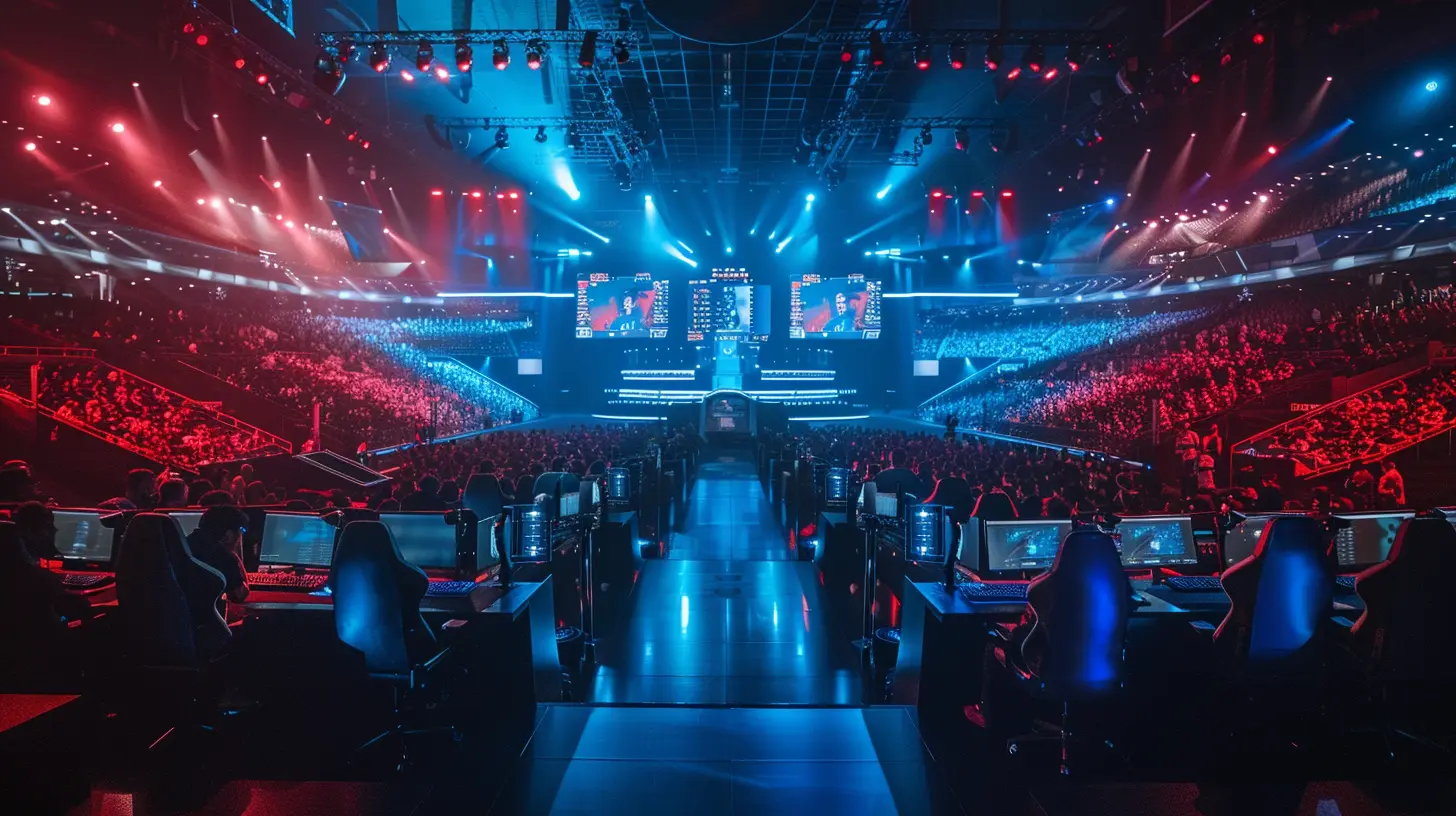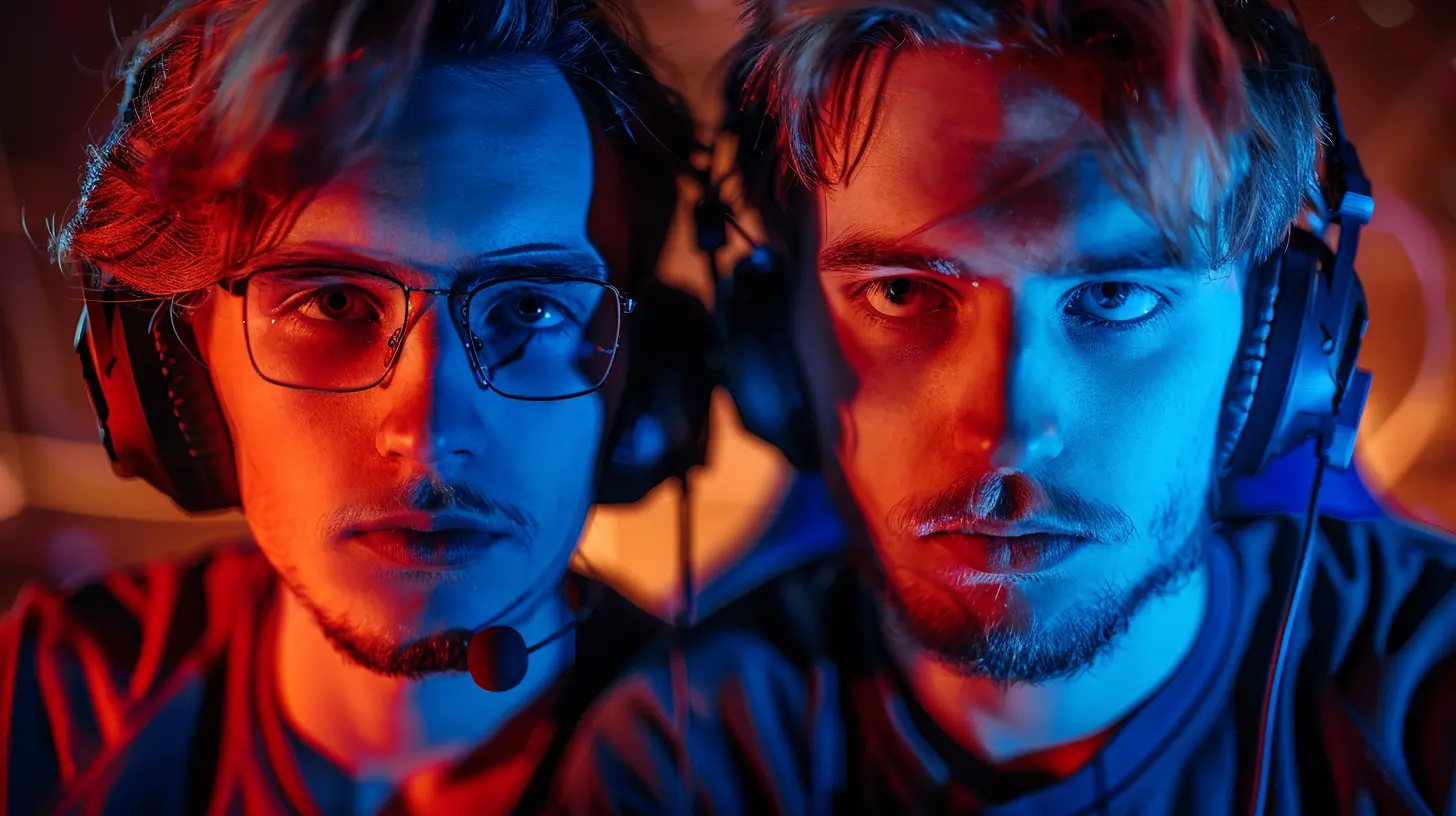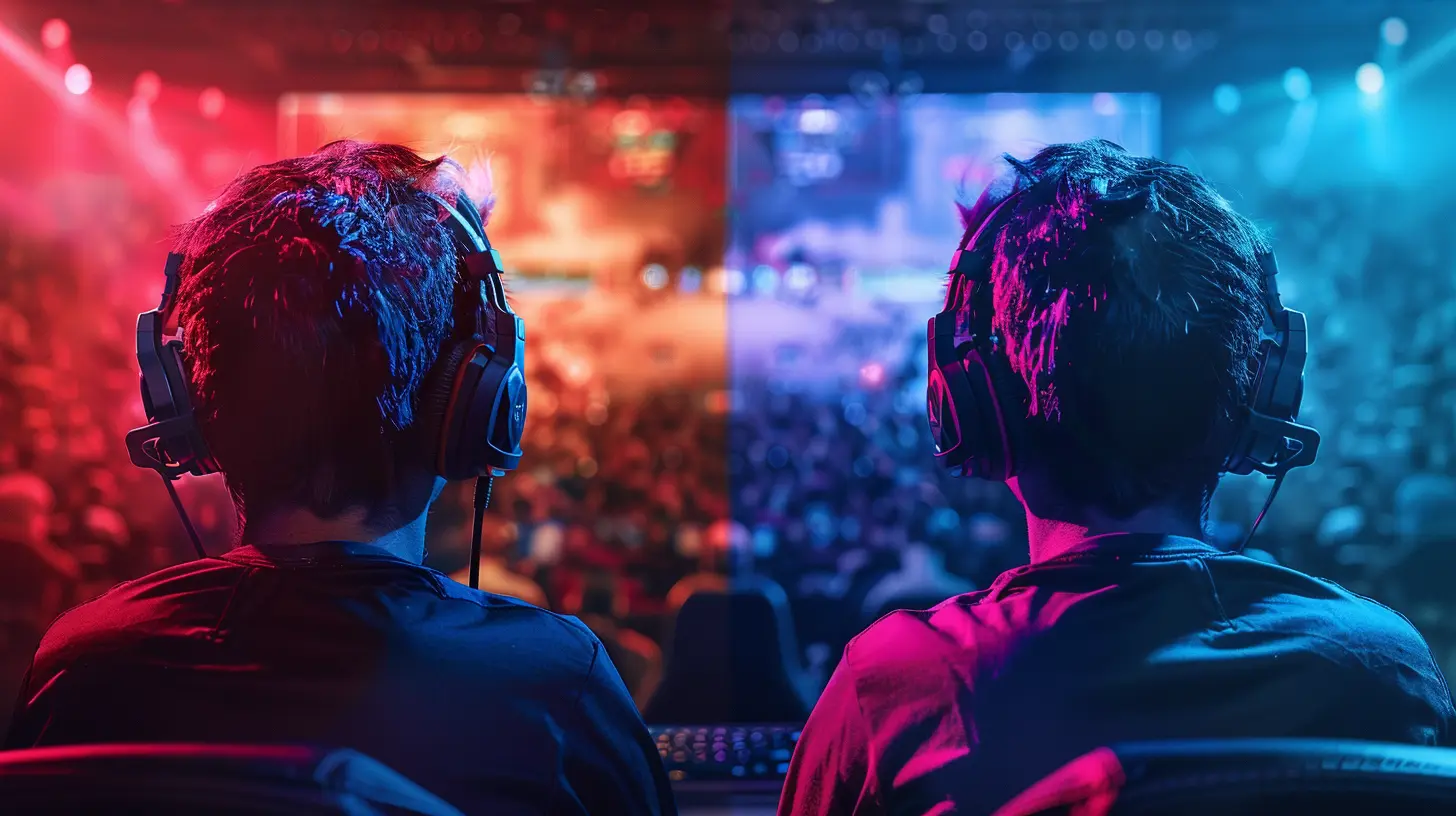E-Sports and Traditional Sports: Key Differences and Similarities
8 November 2025
Ever caught yourself arguing with a buddy over whether e-sports really count as "real" sports? You’re not alone. It’s one of those debates that sparks up more often than you’d think, and it’s only grown hotter as competitive gaming has exploded in popularity.
So, what actually separates e-sports from traditional sports? And perhaps more intriguingly—what do they have in common?
Let’s dive deep into the digital and physical arenas, and unpack the key differences and surprising similarities between these two massive industries.
What Exactly Are We Comparing?
Before we jump into the nitty-gritty, let's get clear on what we mean by "e-sports" and "traditional sports."- E-sports: Organized, competitive video gaming. Think League of Legends, Valorant, Dota 2, and FIFA tournaments packed with fans and livestream views in the millions.
- Traditional sports: Physical, competitive activities like football (soccer), basketball, tennis, etc. Often rooted in history and driven by athletic prowess.
Seems pretty different, right? But hang tight—it gets interesting.
The Physical vs. the Digital Battlefield
Traditional Sports: Physical Strength Meets Stamina
In traditional sports, athletes push their physical limits. It’s about speed, strength, endurance, and coordination. LeBron dunking, Messi dribbling past defenders, Serena smashing an ace—they all rely on years of physical conditioning and discipline.Players train for hours daily, follow strict diets, and constantly fine-tune their bodies for optimal performance.
E-Sports: Reflexes, Precision, and Razor-Sharp Focus
Now, don’t let the comfy gaming chair fool you—top e-sports athletes aren’t just casually clicking away on their keyboards. These players train just as intensely, mastering ultra-fast reflexes, eye-hand coordination, and team communication.Games like CS: GO and Overwatch demand lightning-quick decision-making, constant strategizing, and pixel-perfect aiming. Mental fatigue and wrist injuries—yes, those are real. Ever heard of carpal tunnel? Yeah, it’s a gamer's worst nightmare.
So, while one is a test of the body, the other is a test of the mind and reflexes. Different tools, same grind.
Training, Practice, Repeat
Traditional Sports: Years of Physical Development
From youth leagues to national teams, traditional athletes often train for decades before making it pro. There are coaches for everything—fitness, nutrition, even mental strength.They work on muscle memory just like a pianist would. Shooting free throws, sprint drills, or muscle-toning workouts—it’s all about consistency and evolution.
E-Sports: Hours of Gaming, But Make It Productive
Surprised to hear that pro gamers often practice 8-12 hours a day? It’s not just playing—they analyze gameplay, review footage, run drills, and scrim against other teams.They also work with coaches, psychologists, and even dietitians! Yep, gamer fuel is real—but it’s got less energy drinks and more broccoli than you’d expect.
Teamwork Makes the Dream Work
Traditional Sports: Chemistry on the Court/Field
Sports like soccer, basketball, and hockey revolve around teamwork. You need precise passing, synchronized plays, and an almost telepathic understanding between teammates. Chemistry isn’t built overnight—it’s earned.E-Sports: Strategic Synergy in Real-Time
Same goes for games like League of Legends or Dota 2. The best teams don't just rely on individual talent—they coordinate ganks, push lanes, and control objectives like a well-oiled machine. Split-second calls and role synergy are essential.One wrong move? It’s game over.
Competition Format: Stadiums vs Streams
Traditional Sports: Packed Stadiums and Global Tournaments
From the Super Bowl to the Olympics, traditional sports have long held the world’s attention. Fans flock to arenas, kits are sold, and the air buzzes with excitement.The whole thing is a show—from pre-game hype to post-match analysis.
E-Sports: Massive Online and Arena Viewership
Streaming platforms like Twitch and YouTube have turned gaming into a spectator sport. Combine that with in-person tournaments like The International or the League of Legends World Championship—and you’ve got arenas packed with screaming fans, too.And here’s a kicker: In 2023, e-sports earned more views than some traditional sports finals. Yep, gaming's not just for the basement anymore.
Skill Sets: Muscle Memory or Mental Mastery?
Traditional Sports: Physical Skills
Obviously, sports require fine-tuned physical skills. A quarterback needs arm strength and accuracy. A sprinter needs form and power. It’s about harnessing the body to perform at maximum efficiency.E-Sports: Cognitive and Neuromotor Skills
E-sports athletes flex their mental muscles. Coordination, situational awareness, precision control, map knowledge, and multitasking are the daily fare. Reaction times? We’re talking milliseconds here.So while the skillsets differ, the dedication to mastering them is strikingly similar.
Fame, Fortune, and Sponsorships
Traditional Sports: Endorsement Kings
Think Michael Jordan and Nike, or Ronaldo and countless brands. Traditional athletes often become global icons with TV deals, endorsement contracts, and even their own fashion lines.E-Sports: Rising Stars in the Spotlight
Guess what? Gamers get that sponsorship love too. Players like Faker or TenZ are household names among fans. They’ve got brand deals, merch lines, and millions of followers.Gaming celebrities? Absolutely.
Health and Wellness: Different Struggles, Same Priority
Traditional Athletes: Physical Injuries
From torn ACLs to concussions, traditional athletes face serious physical risks. Recovery can take months, sometimes years.E-Sports Athletes: Mental Strain and Repetitive Injuries
Gamers deal with long hours in front of screens, sleep deprivation, mental pressure, and repetitive strain injuries. Burnout is a very real problem. That’s why more teams are investing in wellness and mental health programs.Human bodies—whether running on a pitch or clicking a mouse—need rest and care.
Longevity: When Do You Peak?
Traditional Sports: Prime Years Are Limited
Most athletes peak in their 20s to early 30s. After that, the body starts to decline—even for legends.E-Sports: Even Shorter Careers
In e-sports, players often bloom early and retire young. Reaction times usually peak between 18-22. Many gamers retire in their mid-20s, transitioning into coaching or streaming.It’s a high-performance sprint, not a marathon.
Fan Culture: Passion Transcends the Medium
Traditional Sports: Tribal Loyalty
You support your team, your city, your player. Win or lose, fans stick by them. Jersey sales, chants, tailgate parties—it's a lifestyle.E-Sports: Digital Communities and Die-hard Fandom
Gaming fans are just as intense. They form Reddit threads, live chat during streams, and analyze every play. The passion? Off the charts.The only difference? Instead of face paint, you might see a fan wearing their favorite champion’s cosplay.
Are E-Sports Real Sports?
Let’s hit the million-dollar question. Are e-sports real sports?If sports are defined by competition, skill, strategy, training, fan engagement, and teamwork—then heck yes, e-sports fit the bill. They may look different on the surface, but the essence is surprisingly similar.
Sure, one takes place on turf and the other on a screen. But both ignite the same fire: The drive to be the best, the thrill of competition, and the magic of shared moments with millions of fans.
Conclusion: Two Worlds, One Game
E-sports and traditional sports may play on different fields, but the heart of competition beats just as strong in both. They challenge individuals to evolve, demand commitment, and unite people across borders.So whether you're celebrating a buzzer-beating three-pointer or an insane clutch play in Counter-Strike, know this—you’re part of a global culture fueled by passion, skill, and a little bit of magic.
And at the end of the day, isn’t that what sports are all about?
all images in this post were generated using AI tools
Category:
E SportsAuthor:

Madeleine McCaffrey
Discussion
rate this article
1 comments
Hudson McKay
Both e-sports and traditional sports require skill, practice, and passion—though one involves a joystick and snacks, while the other needs actual running shoes. Choose your game!
November 8, 2025 at 3:52 AM

Madeleine McCaffrey
Absolutely! Both e-sports and traditional sports share core elements like skill, practice, and passion, but they engage different types of physical and mental challenges. Each has its unique appeal!


